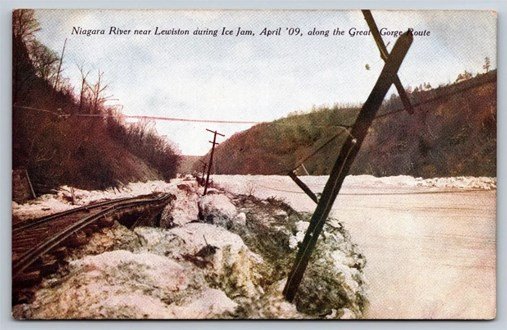Prior to its eradication in 1984, smallpox was a virulent disease whose outbreaks caused countless deaths throughout the world. During the 20th century alone, 300 million deaths were attributed to this scourge and 500 million were counted in the last 100 years of its existence. Edward Jenner introduced the modern small pox vaccine in 1796 and in 1967 the World Health Organization intensified efforts to eliminate the disease. Today the only
Samples of the virus are held in laboratories in both the United States and Russia. Smallpox remains one of only two infectious diseases to be eradicated.
In the following extracts from the province chronicle and that of St. Peter’s, Milo, we learn a little about our sisters’ experience during smallpox outbreaks in Columbus.
“The beginning of the year (1903) seemed to indicate a year of fatal occurrences. In February an epidemic of small pox broke out, indeed, a most dangerous one at that—black small pox! Our parishioners lived in a state of great tension, really in fright and terror. The first to be stricken with the dread disease was a man in our adjoining neighborhood. . . . He had contracted the “germ” from his servant” (who died soon after). The man, himself, also quickly died. “All who had been at his funeral fell victim to the dreaded sickness and died also. All the children of those who had attended the funeral had to be immediately withdrawn from the school. In spite of it, several were stricken with the terrible disease. Finally, it was absolutely necessary for us to close our school for three weeks. Since the epidemic was one of the severest forms of the disease, even the priests were ordered by the officials to completely cover themselves with germ-resistant rubber gear—cover head, arms, legs, feet, and entire body when they went to visit patients or administer the sacraments to them. Thank God! All the sisters escaped this terrible scourge of small pox. The above mentioned family was not so fortunate—all succumbed to the dreadful disease: first, the three sons, then the mother, and two brothers of the man. It was frightening to see the priest as he made those death-dealing visits to the poor sufferers to give them the great consolation of the sacraments—garbed from head to foot in rubber clothing—a long rubber coat wrapped about him, high rubber boots, a rubber cap covering head and neck. Before and after he went to their homes, he had to be thoroughly fumigated at the Bureau of Health in the city. The priest told us that he shuddered at the sight of the patients afflicted with that horrible illness.”
There were numerous instances where the priest was called in to administer the sacraments. At one point the attending doctor asked specifically that the bishop send Father Eis to visit some patients in one of the toughest areas of Columbus.
“After several weeks of this scourge, the disease abated and our school reopened. Both children and sisters had been sobered by this calamity and applied themselves with greater fervor and zeal to the tasks that lay before them.”
The St. Peter’s chronicler also relates, “In the year 1903 an epidemic of smallpox broke out in the city. Even though the school at St. Vincent’s Orphanage and Sacred Heart School were forced to close, for a long time St. Peter’s in Milo was spared. How grateful we were that only one case of the dreaded disease appeared in our vicinity.”
The following year another outbreak was also recorded: “Now that we were enjoying the use of gas for lighting and cooking, the dear Lord sent a heavy cross in form of that dreaded disease smallpox. Our parish (St. Peter’s) was stricken by it toward the end of February. We were forced to close our school for three weeks. A doctor came to talk to the children about the disease . . . Although several families of the parish were afflicted with it, the epidemic was not as devastating as it had been the year before. There were no deaths from it, but it lingered in the vicinity till Easter. However, it certainly caused us worry and anxiety for awhile. The children had not been prepared to receive their First Holy Communion on ‘White’ (low) Sunday as in former years so that ‘big day’ had to be postponed till May 15.”




















